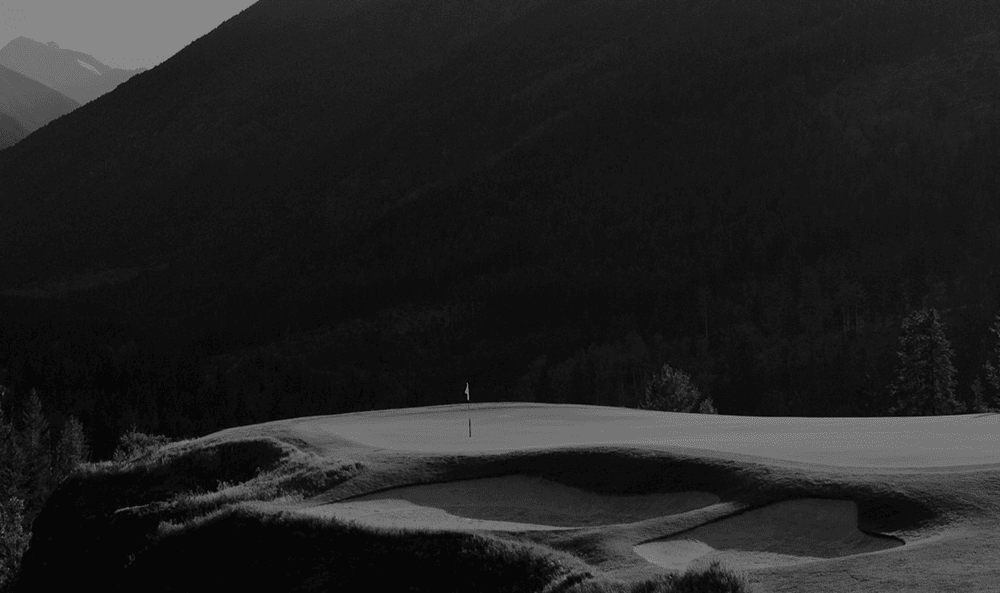
Releasing the Golf Club vs Holding Lag – Which is Better?
If you use your swing arc as your main power source, you are ultimately balancing the relationship between releasing the golf club and holding your lag. You’ve probably experienced those thin heel strikes and almost-fat toe shots, right?
Narrowed Simplified Scope = Ad Hoc Analysis Instrument
Just to be clear, I fully acknowledge that this is a theoretical article and that your intended body movements also influence the relationship between the hands and the club.
This article is meant to provide a framework—something tangible to consider when analyzing your own ball striking.
In fact, I use this as a go-to tool for understanding my ball striking while playing. It’s simple enough to generate quick, ad hoc answers. When you’re out on the course playing some half-assed golf, you can’t go into full “swing remake mode”—you need to rely on simpler concepts. This approach makes mid-round adjustments much easier.
Releasing the Golf Club vs Holding Lag – The Spectrum Explained
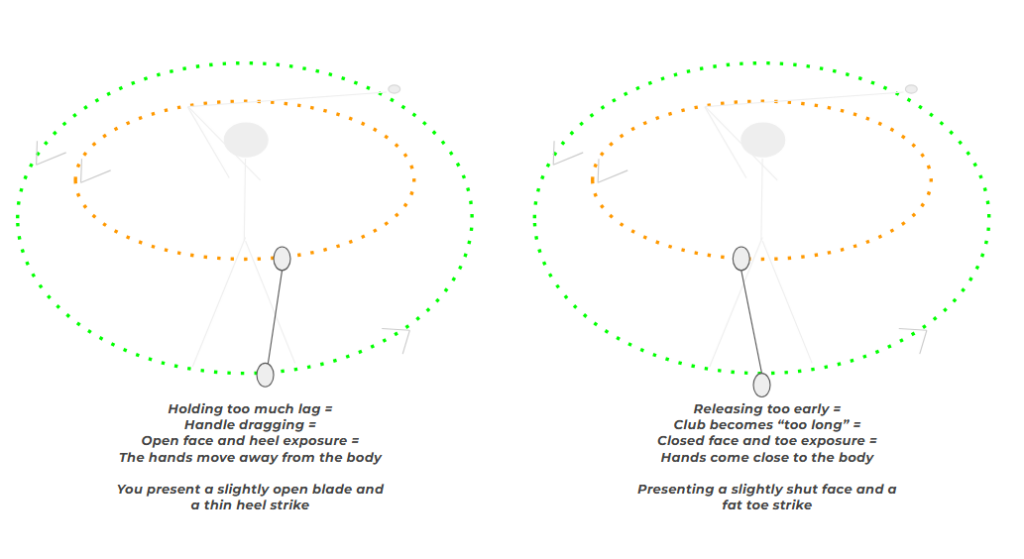
So, the hand path is represented by the orange circle, and the clubhead path by the green circle.
Whenever you hold too much lag or fail to release the golf club, your hands move slightly more toward the ball, shifting the path slightly to the left (out to in). This results in a semi-compressed pull fade, fade, or push fade. In extreme cases, over-holding lag can even lead to shanks.
On the other hand, when you successfully get the centrifugal force working more than balanced in the club, you’ll often come close to fatting the shot with a more toe-biased strike. The path moves more from the inside, and as a counter-reaction to the force outlet, the hands work their way closer to the body.
Again, this applies to swings that rely on the swing arc.
Outside the Spectrum – the Weak Heel Draw
Obviously, all kinds of crazy things can happen in a golf swing, but I’m only going to cover one here—the shut-face heel strike, which falls outside the typical spectrum.
This issue usually stems from holding too much lag while simultaneously applying excessive grip pressure, which causes the hands to rise. This upward movement contributes to a slightly shut clubface, and when combined with a heel strike, it further exaggerates the blade’s effect on the shot.
Equipment Helps you Find Your Balance
So, this concept is pretty straightforward, right? I use it entirely to dial in my equipment.
When I rely on the swing arc as my power engine, I develop a go-to sensation—an abstract feel—that drives my motion. Once I find something that suits me, it becomes repeatable. I never want to change this feel because this is my consistency.
This is where equipment comes into play. How do you find the right balance between grip size, shaft style, shaft weight, and clubhead to fine-tune your release vs. hold-the-lag dynamic?
For me, the holy grail is midsize grips, standard True Temper X100 (or S3-400) shafts, and a relatively heavy clubhead. If something feels off, I adjust with lead tape (for more club release) or counterweights (for more automatic hand speed = holding more lag). Lead tape and counterweights are excellent tools for finding your ideal balance.
Summary – Releasing the Golf Club vs Holding the Lag
This simple theoretical concept has helped me many times on the course, turning a rough ball-striking streak into something much better.
Test it out and see how it works for you—it might just be a great tool.
Cheers!
Swing Knowledge and Flaws Articles
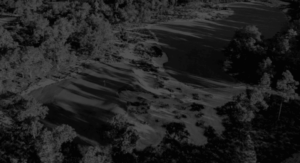
Minor Swing Fix: Intentions Makes AND Breaks Your Swing
Most golfers manipulate their motion in one way or another, which eventually leads to the need for…

Right Elbow in the Downswing – Illusions meets Observations
If you’ve read my article on Harvey Penick’s Magic Move, you know that much of modern golf…
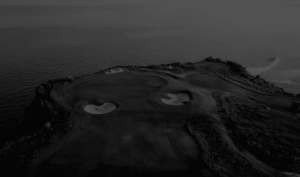
A Shallow Golf Swing – Which Move Creates the Magic?
How is it that many tour pros don’t visibly shallow their golf club early in the downswing,…
The Major Swing Change Article Series

Understanding your Golf Swing DNA – Where You Are Now
Understanding who you are as a golfer—your current swing, habits, and the motivations behind them—is the foundation of any meaningful swing change. Without this self-awareness, you have no solid ground to build upon. You…

Asking Successful Swing Change Questions – Where to Go?
You’ve probably figured out by now that I’m not someone who promotes “quick fixes.” Instead, I focus on the deeper foundations of swing change efforts. In all honesty, there’s no other way to make…

Basic Swing Change Tips: Small Advice with Big Potential
Making a swing change can be challenging and requires more than most golfers realize. To successfully change any part of your swing, you typically need between 3,000 to 5,000 repetitions (based on my experience)….
Some General Swing Tech Posts (with Videos)
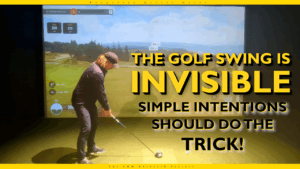
An Invisible Golf Swing – How the Observation is Deceiving
The Golf Swing is Invisible? How the Effects of Intentions are hard to see What I do isn’t always what you see. What you do isn’t always what I see. The golf swing is…

AIMING in Golf – Is EYE DOMINANCE Causing You to Miss?
AIMING in Golf – Is EYE DOMINANCE Causing You to Miss? Aiming in golf isn’t as easy as you might think. Aiming too much right as a right-handed golfer is the most common fault…
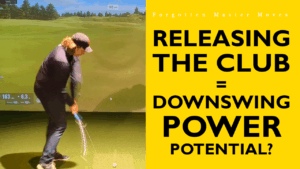
Release the Golf Club for Downswing Dynamics – Old School Style
Release the Golf Club for Downswing Dynamics – Old School Style Somewhere in the last decades we were supposed to be afraid of club rotation. I think this train of thought inhibits the ability…
The FMM Swing Articles

Clubface Closure – How to Square Up for an Effortless Swing
The golf swing can in its raw form be described as a challenge of balancing power output and clubface closure. Failing to conquer this challenge lies behind most swing faults in golf. I’ll walk…

A Transition Free Golf Swing – Is this Possible?
The transition part of the golf swing can be tough to master since it happens relatively quickly and it has such big effects on your striking. To answer the question directly: No, you need…

Understanding Hand Dominance Advantage – Magic for Your Golf
Are you right or left hand dominant? Are you swinging from the right or the left? Hand dominance in the golf swing is extremely important yet it has almost zero space in the golf…